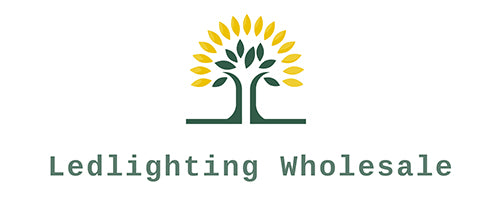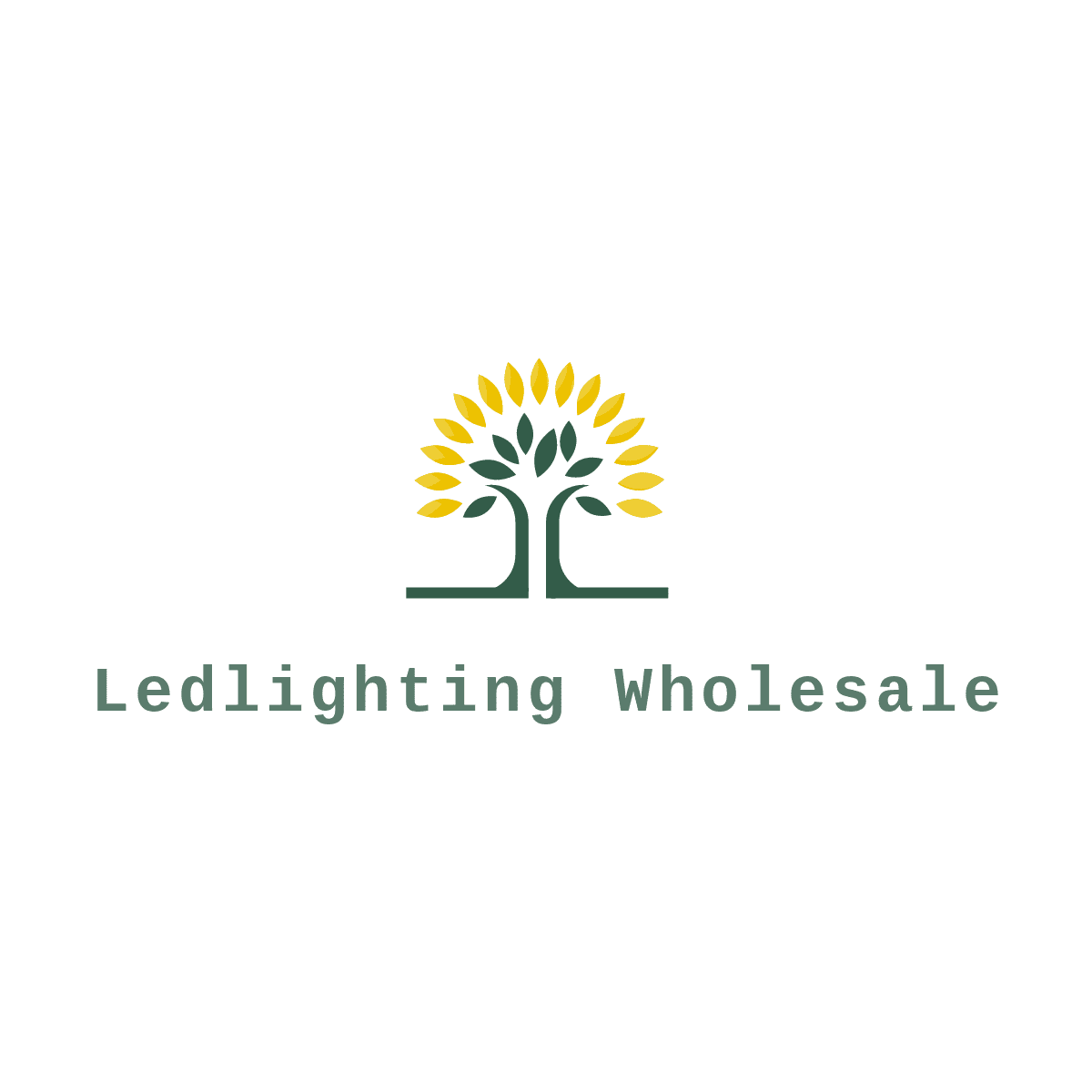What is the difference between solar lights and LED lights?
Solar lights and LED lights serve different purposes and operate on different principles. Here are the key differences between the two:
Solar Lights
-
Power Source:
- Solar lights are powered by solar energy. They have solar panels that collect sunlight and convert it into electrical energy, which is stored in batteries.
-
Usage:
- They are primarily used for outdoor lighting, such as garden lights, pathway lights, and street lights. They can also be used in areas without access to the electrical grid.
-
Installation:
- Solar lights are easy to install since they do not require wiring. They can be placed in any location that receives adequate sunlight.
-
Energy Efficiency:
- They are highly energy-efficient as they rely on renewable solar energy, reducing electricity costs and environmental impact.
-
Maintenance:
- Solar lights require minimal maintenance, though the solar panels need to be cleaned regularly to ensure optimal performance.
-
Dependence on Sunlight:
- Their performance depends on the amount of sunlight they receive. They may not be as effective in cloudy weather or shaded areas.
LED Lights
-
Power Source:
- LED (Light Emitting Diode) lights require an external power source, typically from the electrical grid. They can also be powered by batteries, including those charged by solar energy.
-
Usage:
- LED lights are versatile and used in a wide range of applications, including indoor lighting, outdoor lighting, automotive lighting, and electronic displays.
-
Installation:
- Installation can vary depending on the application. For indoor use, they often require wiring and fixtures, while some portable LED lights are battery-operated.
-
Energy Efficiency:
- LED lights are extremely energy-efficient compared to traditional incandescent and fluorescent lights. They consume less power and have a longer lifespan.
-
Maintenance:
- LED lights have a long operational life and require minimal maintenance. They are also more durable and resistant to shock and vibration.
-
Performance:
- LED lights provide consistent and reliable illumination regardless of external conditions, as long as they have a stable power source.
Intersection of Solar and LED Technology
-
Solar LED Lights:
- These combine the benefits of both technologies. They use solar panels to charge batteries that power LED lights. They are commonly used for outdoor applications, offering energy efficiency, ease of installation, and low maintenance.
In summary, solar lights are defined by their use of solar energy as a power source, while LED lights are characterized by their efficient light-emitting diode technology. Solar lights can utilize LED technology, creating a hybrid solution that leverages the strengths of both for energy-efficient and sustainable lighting.
Which is better, solar lights or LED lights, more suitable for home use?
Determining whether solar lights or LED lights are better for home use depends on the specific application, location, and requirements. Here’s a comparison to help decide which might be more suitable for different home use scenarios:
Solar Lights
Advantages:
- Energy Savings: Solar lights use solar energy, reducing electricity bills and dependence on the electrical grid.
- Eco-Friendly: They harness renewable energy, making them an environmentally friendly choice.
- Easy Installation: No wiring is required, making them easy to install in any sunny location.
- Outdoor Use: Ideal for garden, pathway, and landscape lighting, especially in areas far from power outlets.
Disadvantages:
- Dependence on Sunlight: Their effectiveness depends on the amount of sunlight received, which can be a limitation in shaded areas or during cloudy weather.
- Battery Maintenance: Batteries may need periodic replacement and maintenance to ensure optimal performance.
Best For:
- Outdoor lighting where sunlight is abundant (e.g., gardens, pathways, patios).
- Locations where running electrical wiring would be difficult or expensive.
- Eco-conscious homeowners looking to reduce their carbon footprint.
LED Lights
Advantages:
- Energy Efficiency: LED lights are highly energy-efficient, consuming less power than traditional incandescent or fluorescent bulbs.
- Long Lifespan: LEDs have a long operational life, reducing the need for frequent replacements.
- Versatility: Suitable for a wide range of applications, including indoor and outdoor lighting.
- Consistent Performance: Provide reliable lighting regardless of weather or daylight conditions.
Disadvantages:
- Installation: Depending on the application, installation may require electrical wiring and fixtures.
- Initial Cost: Higher upfront cost compared to some traditional lighting options, though this is offset by long-term savings on energy and maintenance.
Best For:
- Indoor lighting, including general illumination, task lighting, and accent lighting.
- Outdoor lighting where reliable and consistent light is needed regardless of sunlight availability.
- Homeowners looking for long-term energy savings and reduced maintenance.
Combined Use
Solar LED Lights:
- Advantages: Combines the benefits of both solar and LED technologies, offering energy savings, eco-friendliness, and reliable illumination.
- Best For: Outdoor applications where both energy efficiency and sustainability are priorities.
Recommendation
- For Outdoor Use: Solar lights are generally better if you have ample sunlight and want to reduce energy costs. Solar LED lights are an excellent choice for sustainable and efficient outdoor lighting.
- For Indoor Use: LED lights are more suitable due to their versatility, consistent performance, and long lifespan. They are ideal for all types of indoor lighting applications.
In summary, for most home use scenarios, a combination of both technologies may be optimal: using solar lights (particularly solar LED lights) for outdoor areas to take advantage of free solar energy, and LED lights for indoor spaces where consistent, reliable lighting is essential.












![[Premium Quality LED Lights & Accessories Online]-LED LIGHTING WHOLESALE LLC](http://ledlightingwholesalellc.com/cdn/shop/products/ledposttoplighting_5069eb4b-b235-408e-8b54-ef686752da3d_360x.jpg?v=1626337483)
![[Premium Quality LED Lights & Accessories Online]-LED LIGHTING WHOLESALE LLC](http://ledlightingwholesalellc.com/cdn/shop/products/posttoplight_c85be955-244c-4aec-82b2-a357862d3437_360x.jpg?v=1626337483)

![[Premium Quality LED Lights & Accessories Online]-LED LIGHTING WHOLESALE LLC](http://ledlightingwholesalellc.com/cdn/shop/products/ledhighbay_4719ce4f-76d9-414d-b4d8-6f1d9916222c_360x.jpg?v=1650983181)
![[Premium Quality LED Lights & Accessories Online]-LED LIGHTING WHOLESALE LLC](http://ledlightingwholesalellc.com/cdn/shop/products/41w60w80w100wledwallpack_d5fb8ad0-f1fe-4418-b735-e7919dc83274_360x.jpg?v=1626402504)

![[Premium Quality LED Lights & Accessories Online]-LED LIGHTING WHOLESALE LLC](http://ledlightingwholesalellc.com/cdn/shop/products/200wledfloodlight_6692acd2-e729-4e49-b36c-56c9151c34b5_360x.jpg?v=1633497385)
![[Premium Quality LED Lights & Accessories Online]-LED LIGHTING WHOLESALE LLC](http://ledlightingwholesalellc.com/cdn/shop/products/ledfloodlights_26a2b40c-ff31-4760-81e3-4b7bbcfabadb_360x.jpg?v=1633497384)
![[Premium Quality LED Lights & Accessories Online]-LED LIGHTING WHOLESALE LLC](http://ledlightingwholesalellc.com/cdn/shop/products/CANOPYLIGHT_360x.jpg?v=1626444062)
![[Premium Quality LED Lights & Accessories Online]-LED LIGHTING WHOLESALE LLC](http://ledlightingwholesalellc.com/cdn/shop/products/ledcanopylight1_360x.jpg?v=1626444062)
![[Premium Quality LED Lights & Accessories Online]-LED LIGHTING WHOLESALE LLC](http://ledlightingwholesalellc.com/cdn/shop/products/solarledlight_36c9b816-8abc-42a6-aca4-e1ea20bf579f_360x.jpg?v=1631586789)
![[Premium Quality LED Lights & Accessories Online]-LED LIGHTING WHOLESALE LLC](http://ledlightingwholesalellc.com/cdn/shop/products/solarledlight1_a64e5c79-1454-42d4-9fc2-b813c3a1ce35_360x.jpg?v=1631586790)
![[Premium Quality LED Lights & Accessories Online]-LED LIGHTING WHOLESALE LLC](http://ledlightingwholesalellc.com/cdn/shop/products/ledhighbay_cdc01a51-ec3d-4bb2-ac82-b2c7cc7cfb25_360x.jpg?v=1631622169)
![[Premium Quality LED Lights & Accessories Online]-LED LIGHTING WHOLESALE LLC](http://ledlightingwholesalellc.com/cdn/shop/products/HIGHBAY_b5fb10cd-41c0-4fb1-a066-9f012fefe2ba_360x.jpg?v=1631622169)